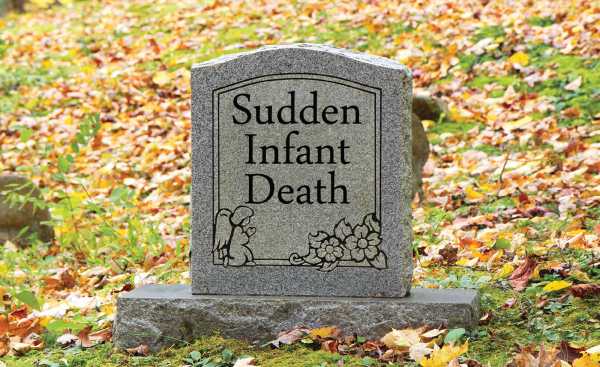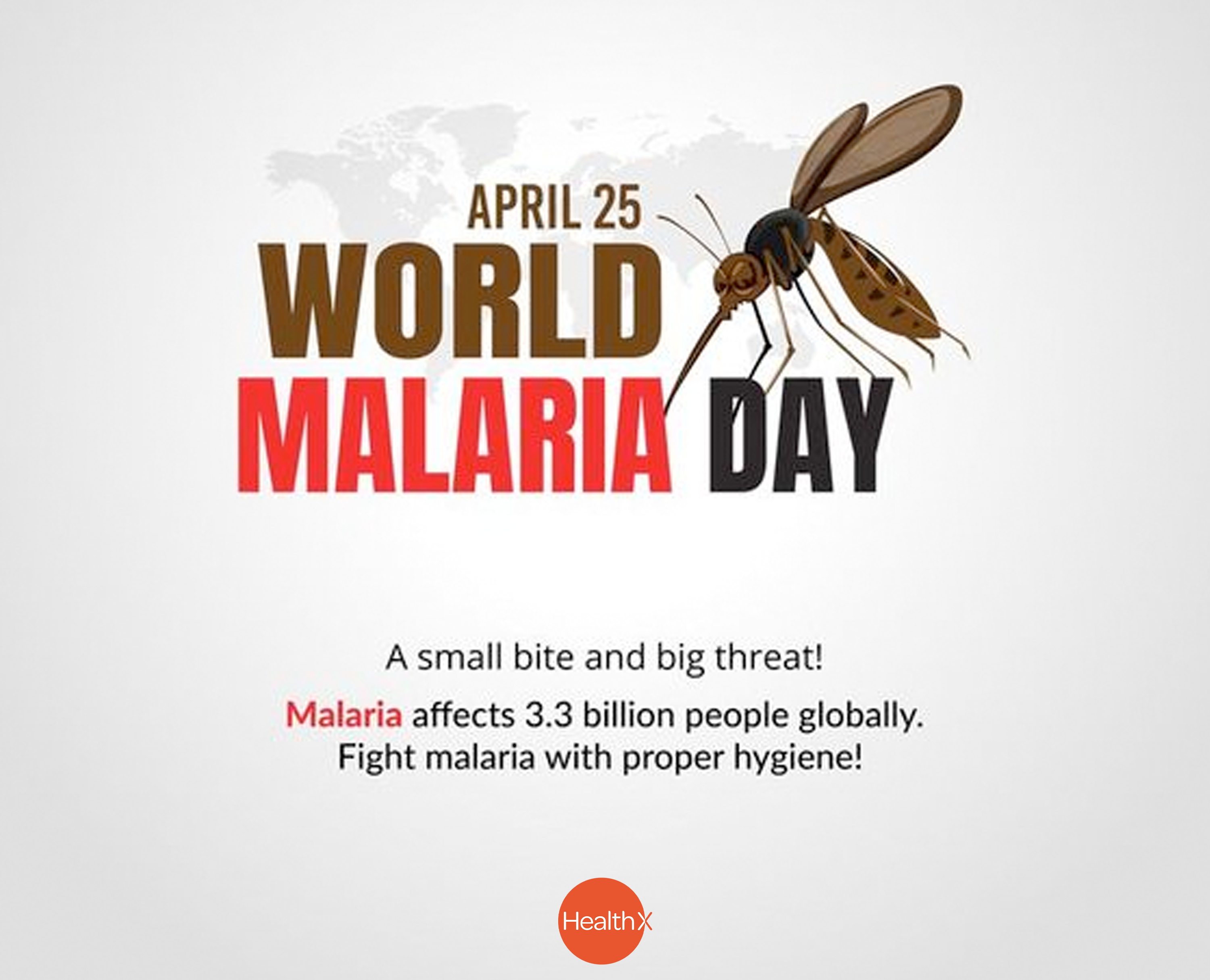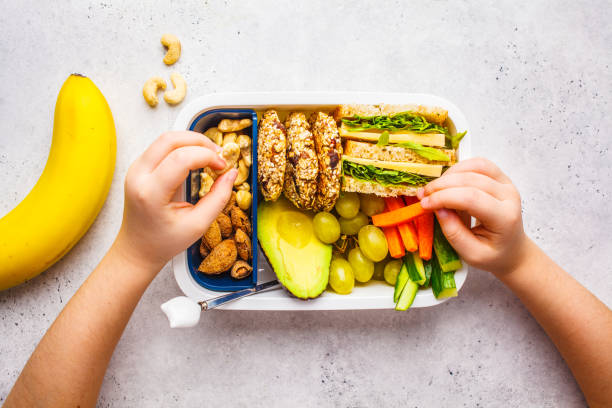UNDERSTANDING sudden infant death syndrome
A healthy baby is every parent’s dream. After all, the best gifts come in small sizes. So then imagine the shock to a parent when a few weeks or months


A healthy baby is every parent’s dream. After all, the best gifts come in small sizes. So then imagine the shock to a parent when a few weeks or months later, their seemingly perfect baby unfortunately dies for no apparent reason. Sudden infant death syndrome, or SIDS in short, refers to the unforeseen and unexplained death during sleep of an apparently healthy infant, especially one who is less than a year old.
In fact, so common is the occurrence that the disease has been dubbed crib death. While post-mortems on victims come up empty (most babies do not seem to have suffered any organ malfunction or body trauma), experts think abnormalities within the brain portions that control breathing and arousal from sleep may be to blame. All children stand a risk of suffering from SIDS. Research however shows that there are those more pre-disposed to it than others. Factors leading to SIDS include:
Physical factors
Premature birth: Premature babies (babies born at 37 weeks or below) are at risk of developing SIDS because their body parts are not fully developed. As such, they are pre-disposed to complications, which may lead to death.
Sex: More boys die from SIDS compared to girls.
Age: Children are most vulnerable between the second and third months of life.
Respiratory infections: Breathing problems caused by conditions such as colds and asthma also put children at risk of SIDS
Environmental factors
This has to do with both the living and sleeping environment of a child.
Sleeping: Children who sleep on their stomach or side may have more difficulty breathing as opposed to those who sleep on their backs, which is the recommended sleeping position for infants.
Bedding: Children with excessive and fluffy bedding such as quilts, or pillows stand a higher risk of dying from SIDS.
Smoking: Second-hand smoke increases a child’s risk of SIDS.
Maternal factors
Drug abuse: A mother can pass on the risk of SIDS to her young one if she engages in drug abuse including smoking and drinking alcohol during pregnancy.
Age: Research shows that infants of mothers younger than 20 years at the time of birth have a higher risk of suffering from SIDS.
Maternal care: Babies with poor access to pre and postnatal check ups stand a higher risk of SIDS.
Precautionary measures
While there is no way of preventing SIDS, there are measures that experts agree if followed, can lower the risk of a child suffering from SIDS. They include:
Back to sleep: Experts recommend that sleeping children should be laid on their backs unless they have documented gastroesophageal reflux or certain upper way malformations. Such conditions may call for a child to sleep on their stomach. When sleeping on their backs, infants have reduced risk of choking on their spit or vomit as the food pipe is below the windpipe. However, when sleeping on their tummy, the food pipe is above the windpipe and gravity may cause the food to be sucked down the wrong pipe.
Clear crib: Remove all unnecessary items from the crib and keep the bedding, that is blankets, tucked in tightly and the mattress as firm as possible. Additionally, parents should avoid co-sleeping with their infants as the bedding are made for adults and not babies.
Overheating: Ensure that a child is just warm enough. Reduce clothes or use lightweight blankets where necessary, avoid the temptation to cover their head, as this is one of the areas babies get rid of excess heat.
Clean environment: Avoid smoking near the baby or in the baby’s room.
Breast-feed: For reasons not known, breastfed babies have a lower risk of SIDS. Though the jury is still out on this one, there are those who believe it is because of its nutritional value while others say it enforces a regular routine due to its soothing effect and regular feeding time cues.
Check-ups: Go for check-ups as this increases the chances of doctors catching an anomaly or disease of any kind early on.
Published in January 2015





